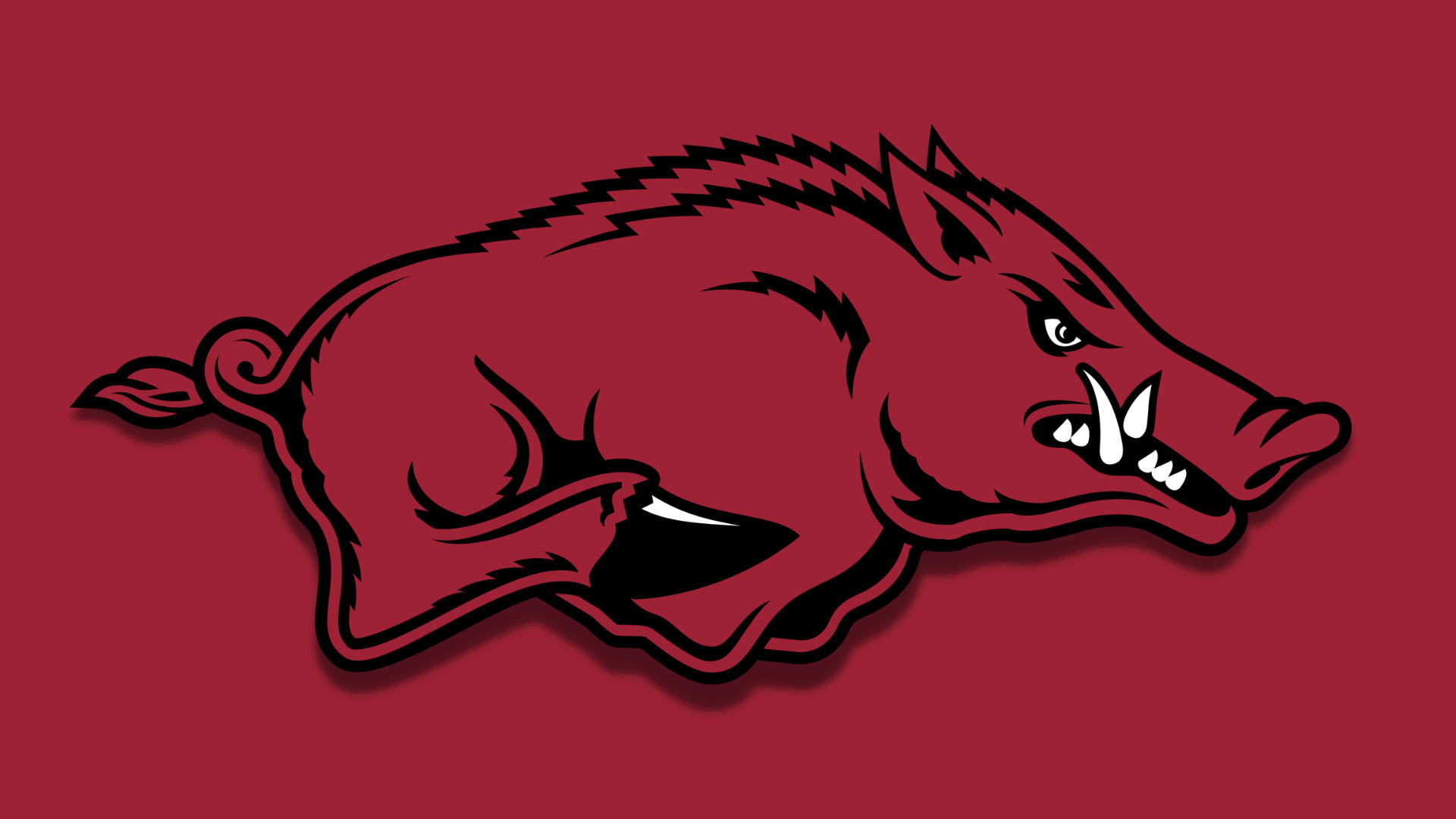NBA teams averaged 27 3-point attempts per game this regular season. That’s the highest in league history and more than double what teams averaged in 1999. The Houston Rockets averaged 40.3 3-point attempts, which was 46.2% of their FGA. In other words, about half of Houston’s shots were 3-pointers.
Why is the NBA launching from deep at such high rates? Most are aware of the first reason. The 3 is a more efficient shot than the mid-range 2. Russell Westbrook took 595 mid-range jumpers this season. On those, he shot 36.3%. That means his team got 0.73 points for every Westbrook mid-range jumper. For comparison, Bradley Beal took 552 3-pointers where he shot 40.4%. Bradley’s team got 1.21 points for every Bradley 3-point attempt. In total, Westbrook’s 595 mid-range jumpers generated 432 points. Bradley’s 552 3-point attempts generated 669 points. Yes, the 3-pointer is more efficient.
But the value of a 3 extends beyond the instances when it is taken. When teams position shooters on the 3-point line off the ball, it stretches the defense. It pulls help defenders out of the paint. To demonstrate the concept, consider the following two images. In both images, the offense is running a pick and roll at the top of the key. In the first, the offense has spread the floor with capable shooters. We see that the lane is wide-open for the ball-handler to drive, or if the opposing big hedges, for the roll man to take the lob and finish above the rim. In the second image, the team has not spaced with 3-point threats. The situation for the ball-handler and roll man is much different. The lane is cluttered with help defense, making any attempt at the rim far more difficult.
The above is just an example. With spatial tracking data, we can now prove that spacing the floor with 3-point threats provides more space for the offense to drive, cut and post-up.
For the 2014-15 season, we looked at every half-court possession where the offense “penetrated.” By penetration, we mean that the offense went from possession outside of 15 feet from the hoop to possession inside of 10 feet. At the instant the ball crossed within 10 feet of the hoop, we recorded the location of all defenders on the court. We then counted the number of defenders within 12 feet of the hoop. These would be the defenders that can help on penetration.
We found that the Warriors’ lineup of Andrew Bogut, Andre Igoudala, Steph Curry, Klay Thompson, and Draymond Green encountered the least number of defenders near the hoop on penetration. On their average penetration, there were only 2.23 defenders within 12 feet of the hoop. Certain other lineups experienced another full defender on average. That Golden State team, which won the NBA Finals, was known for their 3-point shooting ability.
Here’s another way to look at it. Let’s consider a player a 3-point threat if he shot at least 33.3% on 3s and took at least one 3 for every 20 minutes he was on the court. In the 2014-15 season, NBA lineups had anywhere from zero to four 3-point threats on the court at a time. The following chart shows the number of help defenders (defenders besides the on-the-ball defender) that lineups typically faced while attempting to penetrate. We see that with each additional 3-point threat in the lineup, the group faced less help defense on penetration, and their offensive rating (ORtg) improved. (ORtg is points scored per 100 possessions.)
Only one player can have the ball at a time. For offenses to run optimally, players need to provide value off-the-ball. The easiest way to do this is to space good shooters in the corners and on the weak side. Spatial tracking data allows us for the first time to measure and assess the value players provide off the ball.
So how can amateur teams know if they are using their offensive threats to spread the defense? SHOTTRACKER TEAM is a new technology that automatically tracks virtually every player and team stats in real-time. When used in practices or games, it provides live replays of possessions from a bird’s eye view, so your players can see how they’re stretching the defense and where the offense can penetrate. You can run different scenarios and see the impact it has on points per possession.








